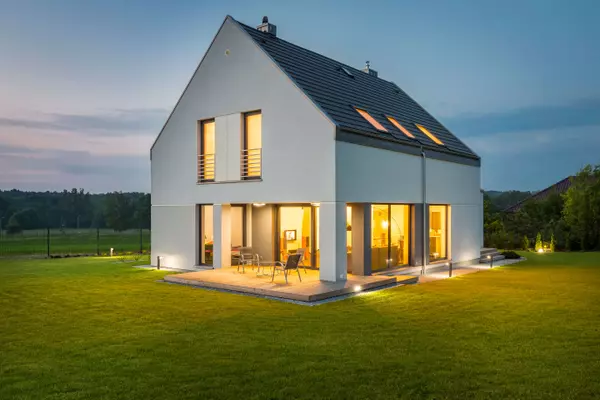
The Art of Staging
The Art of Staging: How to Prepare Your Home for a Quick SaleWhen it comes to selling a home, first impressions matter. Potential buyers make quick judgments based on the appearance and atmosphere of a property. That's where the art of staging comes in. Home staging is the process of preparing a pro

Eco-Friendly Home Features Worth Investing In
In recent years, there has been a growing trend towards eco-friendly living and sustainable practices. As individuals become more conscious of their environmental impact, the demand for eco-friendly homes has seen a significant rise. Investing in green living not only benefits the environment, but i

The Ultimate Guide to First-Time Homebuyers: Tips
The Ultimate Guide to First-Time Homebuyers: Tips for First-Time Homebuyers, Mortgages, and InspectionsPurchasing your first home is an exciting and significant milestone in life. However, the process can also be overwhelming, especially if you are unfamiliar with the ins and outs of real estate. Th
Categories
Recent Posts










